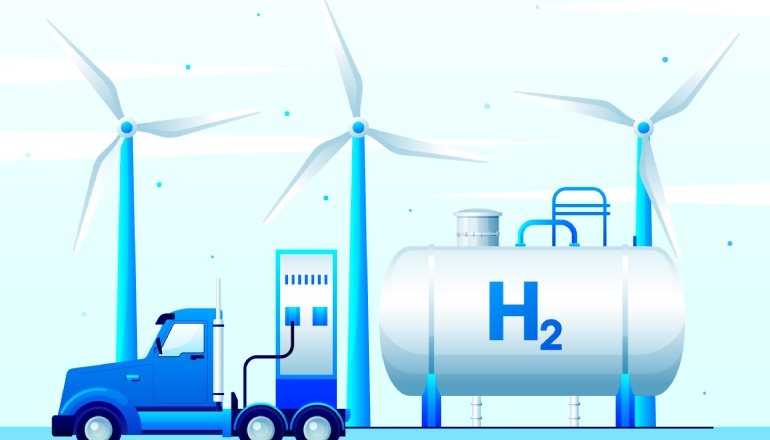Maharashtra has secured a substantial boost for its renewable energy sector. The state government has signed seven Memorandum of Understandings (MoUs) with various companies, involving an investment of Rs 1.29 lakh crore and creating over 37,000 jobs, including three under the pumped storage power scheme and four in the clean and green energy sector.
In the first instance, the state has signed four different MoUs with SJVN, MahaGenco Renewable Energy Ltd, RECPDCL, THDC and HPRGE-HPCL, collectively valued at Rs 47,500 crore for renewable energy generation.
The projects will be in line with the state government’s aim to achieve 50 percent renewable energy by 2030. The development of these projects will create 18,828 jobs, said Devendra Fadnavis, Deputy Chief Minister, and Energy and Irrigation Minister.
The projects:
In the first instance, RECPDCL – REC will collaborate with the state government to develop commercially viable renewable energy projects, including a 500 MW hybrid project with an initial investment of Rs 3,000 crore, generating 1,663 jobs.
The second project with THDCIL-THDC involves developing renewable energy projects in the state, with an investment of Rs 29,329 crore, generating 14,130 direct and 4,250 indirect jobs.
The MoU with HPRGE-HPCL Renewable and Green Energy Limited Company is to develop a 50 KTPA green hydrogen and its derivative plant at MahaGenco’s gas-based power project in Uran in Raigad district.
This will be developed through a joint venture company with an investment of Rs 12,000 crore. The project will create 1,635 direct and indirect jobs.
SJVN is partnering with MahaGenco to develop a floating solar plant on Lower Wardha Dam, with a 51:49 equity participation. The project, estimated to cost Rs 3,030 crore, will generate 1,400 jobs and utilize power transmission infrastructure.
DCM shares:
“MoUs were signed for power generation of 15,100 MW under a pumped storage scheme, with an investment of around ₹82,299 crore. This initiative will create employment for 18,440 people. Maharashtra has made significant progress through this scheme, and today’s MoU marks an important step toward a greener and cleaner energy future for the state,” Mr Fadnavis said.
“After these MoUs, Maharashtra will significantly enhance its generation capacity under pumped storage and it will reach 55,970 MW, with a total investment of around ₹3 lakh crore, creating approximately 90,000 employment opportunities. This will also position Maharashtra as a future leader in the PSP policy.”
“The signing of 4 MoUs with a staggering investment of around ₹47,000 crore, will generate approximately 19,000 employment opportunities. Sectors such as ARI, green hydrogen, and green ammonia will enhance green energy initiatives and help Maharashtra progress towards its goal of using 50 percent clean energy by 2030. Green energy generation is essential today, as it represents a step forward toward Hon PM Narendra Modi Ji’s dream of achieving net zero. Maharashtra has a strong track record with its MoUs, consistently maintaining a national average of 60 percent success rate. This marks an important move to transform MoUs into actionable outcomes. Our Govt will extend all required support.”

